Diabetic Eye Screening
What do my results mean?
Your possible screening results are:
- No retinopathy
- Background retinopathy
- Degrees of referable retinopathy (Routine or Urgent)
- If digital images are not clear enough to allow the image of your retina to be graded, then a second test using a method called slit lamp biomicroscopy will be required.
The profile of the different levels of retinopathy is illustrated on the right. The vast majority of results are no retinopathy or background retinopathy, both of which do not require a referral to the hospital eye service for further examination.
If we identify that you have background diabetic retinopathy you should discuss this with the GP who is looking after your diabetes to optimise control of your blood glucose, blood pressure and cholesterol, and preferably avoid smoking. If you have referable retinopathy identified at a screening appointment you will be referred and should attend for your hospital eye service outpatient appointment.
The grading classifications
When we are reviewing your retinal images they will be classified as one of the following:
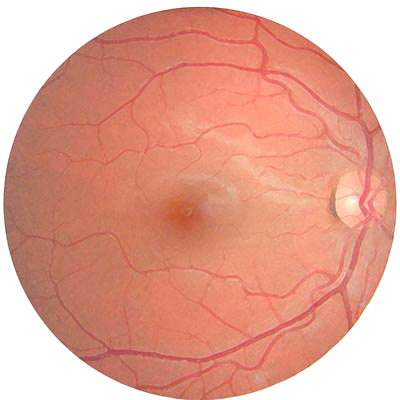
No diabetic retinopathy Images appear normal
This is a good finding and means that on the images we assessed we could not see any features that caused concern.
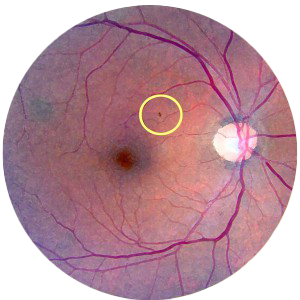
Background diabetic retinopathy changes
This finding means that small changes were found on the images we assessed. However, we could not see any features that caused any concern. Retinal features sometimes appear and disappear from year to year and do not necessarily mean things are ‘getting worse’.
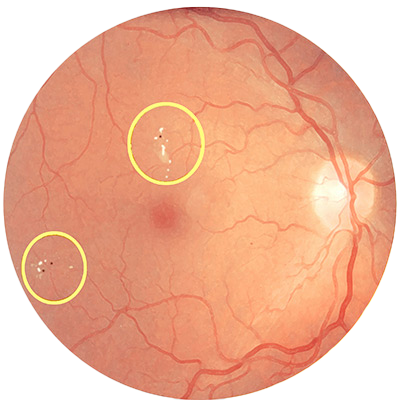
Diabetic maculopathy changes Routine Referral
This means that small changes were found within the macular area on the images we assessed. Accordingly, the patient will be referred, for safety, to the hospital eye service for further investigation. Patients should expect to be seen within thirteen weeks.
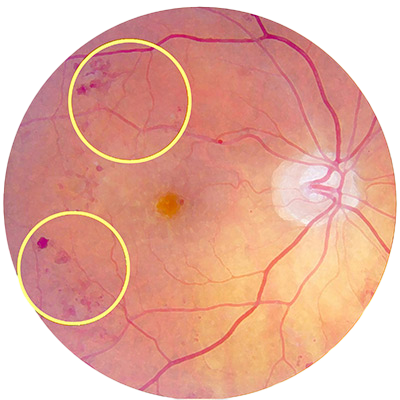
Preproliferative diabetic retinopathy Routine Referral
This means that changes were found on the images we assessed. The changes are seen as a finding that needs further investigation. We will refer the patient to the hospital eye service for further investigation. Patients should expect to be seen within thirteen weeks.
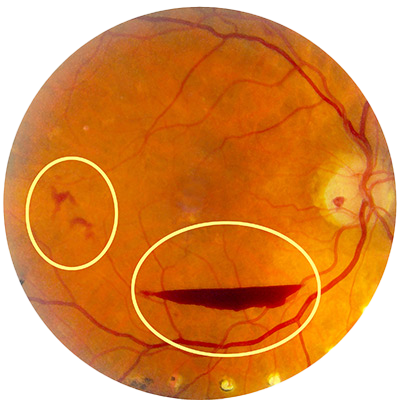
Proliferative diabetic retinopathy Urgent Referral
This means that larger changes were found needing prompt further investigation. We will need to refer more quickly than normal as these changes could cause damage if not assessed by the hospital eye service. Patients should expect to be seen within six weeks.
There are several reasons why a patient may get a non-assessable result from the screening examination, one example is that the lens of the eye can get too cloudy to see the back of the eye; this may be because of a cataract. In this circumstance, we will refer you for a Slit Lamp Examination. A slit lamp is a lamp that can produce a slit beam of light that can be shone into the patient’s eye and this allows a specialist to assess whether there are any problems. Patients should expect to be seen within thirteen weeks.
Your possible screening results are:
No retinopathy
Background retinopathy
Degrees of referable retinopathy (Routine or Urgent)
If digital images are not clear enough to allow the image of your retina to be graded, then a second test using a method called slit lamp biomicroscopy will be required.
The profile of the different levels of retinopathy is illustrated on the right. The vast majority of results are no retinopathy or background retinopathy, both of which do not require a referral to the hospital eye service for further examination.
If we identify that you have background diabetic retinopathy you should discuss this with the GP who is looking after your diabetes to optimise control of your blood glucose, blood pressure and cholesterol, and preferably avoid smoking. If you have referable retinopathy identified at a screening appointment you will be referred and should attend for your hospital eye service outpatient appointment.
The grading classifications

No diabetic retinopathy Images appear normal
This is a good finding and means that on the images we assessed we could not see any features that caused concern.

BACKGROUND DIABETIC RETINOPATHY CHANGES
This finding means that small changes were found on the images we assessed. However, we could not see any features that caused any concern. Retinal features sometimes appear and disappear from year to year and do not necessarily mean things are ‘getting worse’.

DIABETIC MACULOPATHY CHANGES ROUTINE REFERRAL
This means that small changes were found within the macular area on the images we assessed. Accordingly, the patient will be referred, for safety, to the hospital eye service for further investigation. Patients should expect to be seen within thirteen weeks.

PREPROLIFERATIVE DIABETIC RETINOPATHY ROUTINE REFERRAL
This means that changes were found on the images we assessed. The changes are seen as a finding that needs further investigation. We will refer the patient to the hospital eye service for further investigation. Patients should expect to be seen within thirteen weeks.

PROLIFERATIVE DIABETIC RETINOPATHY URGENT REFERRAL
This means that larger changes were found needing prompt further investigation. We will need to refer more quickly than normal as these changes could cause damage if not assessed by the hospital eye service. Patients should expect to be seen within six weeks.
There are several reasons why a patient may get a non-assessable result from the screening examination, one example is that the lens of the eye can get too cloudy to see the back of the eye; this may be because of a cataract. In this circumstance, we will refer you for a Slit Lamp Examination. A slit lamp is a lamp that can produce a slit beam of light that can be shone into the patient’s eye and this allows a specialist to assess whether there are any problems. Patients should expect to be seen within thirteen weeks.